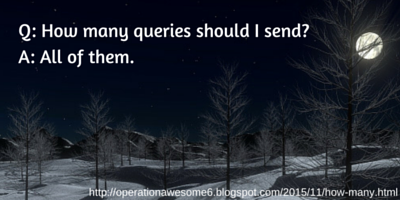

However, you’re also a bit anti-social and potentially catty, petty or critical of others. You hate uncertainty and you absolutely need have the right answers. The Avoider - You’re a Type II in Social Curiosity and you scored Low (1 or 2) on all the dimensions-and lowest on Stress Tolerance. You might or might not be the innovator, but you are certainly the “glue” that can get the team to stick together.Ĥ. This means you’re probably high in emotional intelligence and intuition and, socially, you’re in tune with what others want, need and are interested in-though curiosity about them is secondary. The Empathizer - You’re a Type I in Social Curiosity and you scored Medium (3 or 4) on the other questions. It all depends upon whether you’re toxic and Type IIs can be toxic!ģ. However, if you’re a Type II, some social interactions are a problem for you and that means you’re not necessarily the best innovator or team lead. Your the go-to person when it comes to making sure a challenging issue at work is resolved or being tackled. The Problem Solver - You’re a Type I or Type II in Social Curiosity (Question 5) and you scored high (5 or above) on Deprivation Sensitivity, but Medium (3 or 4) on the other questions. You could be a leader or a vital person to support the team lead.Ģ. Uncertainty doesn’t bother you and sometimes, you even thrive on it. You’re not overly self-centered, so you realize what's challenging to others and incorporate that in your search for answers. However, you also love exploring and tackling new challenges. You’re the type of person who simply loves knowing more about new people, new places and new things. The Fascinated - You’re a Type I in Social Curiosity (Question 5) and you scored high (5 or above) on all the other questions-particularly in Joyous Exploration. Thus, based on your scores, you fall into one of the following raw, curiosity types:ġ. That’s an important point: You can improve, and nothing here is meant to suggest you’re an incurably, incurious person! Your raw curiosity type is how curious you are right now, before you set to work on improving in the direction you’d like. Now, let’s figure out where you are on the curiosity scale in terms of what we’ll call, “raw curiosity type”. Ask them to answer the same questions in reference to you.

Now send these questions to friends, colleagues or loved ones who knows you well. Are you a Type I or Type II? ( Social Curiosity type)ĭone? Make sure you write down your answers.

A Type II loves a bit more gossip, wants to know what people are discussing and likes finding out about people behind the scenes. Question 5: A Type I loves asking other people lots of questions, finding out what they’re into and knowing what drives them. Now, for this next question, answer whether you’re a “Type I” or a “Type II”. Send us feedback about these examples.Step 2. These examples are programmatically compiled from various online sources to illustrate current usage of the word 'querulous.' Any opinions expressed in the examples do not represent those of Merriam-Webster or its editors. Susan Tallman, The New York Review of Books, 14 Jan. 2022 Today those late, querulous paintings are counted among the most influential American artworks of the twentieth century. 2021 Against a long and attenuated trill of the viola, Mehretu’s backgrounds become a lurid green or mysterious blue and the black lines of the paintings start to look more querulous. 2021 Brian Frutiger’s edgy tenor perfectly suits the querulous Dr.

2021 Today those late, querulous paintings are counted among the most influential American artworks of the twentieth century. Los Angeles Times, 26 July 2022 Today those late, querulous paintings are counted among the most influential American artworks of the twentieth century. 2023 One came across as a quiet, reserved, eloquent, thoughtful force of nature the other as a boisterous, querulous, troublemaking and sometimes thoughtless and mean force of nature. Zachary Woolfe, New York Times, 11 Jan. Recent Examples on the Web The most salutary change was Kelsey, who turned from Rigoletto to Amonasro, and who gave his trademark smoky tone and aura of threat to a role that, earlier in the month, George Gagnidze had rendered merely tight and querulous.


 0 kommentar(er)
0 kommentar(er)
